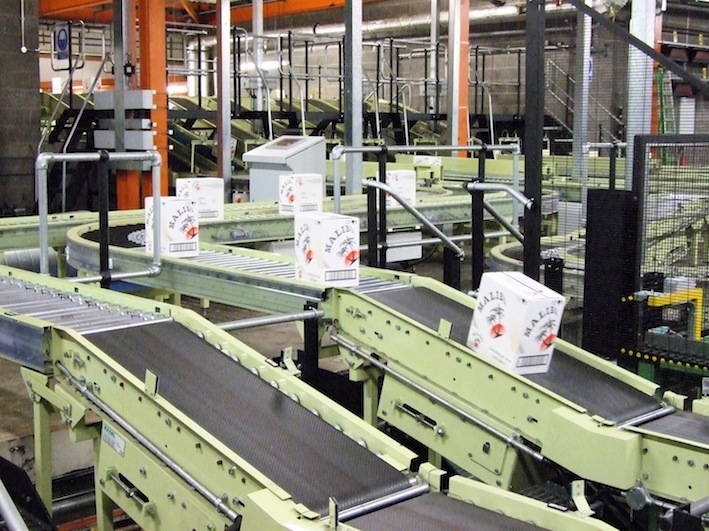 Over the last few years, several food processing firms have embraced conveyor systems. The fundamental role of a conveying system is to enable efficient movement of material from one location to another. Conventional systems comprised of old belts that were set up in such a way that they could methodically move materials through a food processing facility. Modern conveying systems are integrated with other technology to increase a processing plant’s efficiency. It is vital for food processing facilities to adhere to safety rules and standards set by the governing institutions.
Over the last few years, several food processing firms have embraced conveyor systems. The fundamental role of a conveying system is to enable efficient movement of material from one location to another. Conventional systems comprised of old belts that were set up in such a way that they could methodically move materials through a food processing facility. Modern conveying systems are integrated with other technology to increase a processing plant’s efficiency. It is vital for food processing facilities to adhere to safety rules and standards set by the governing institutions.
How the Systems Work
Basically, conveying systems move materials from one equipment piece to another. The product is first processed and checked for safety prior to being sent to a packaging machine. Conveyors work like a road network in a city, and they can sometimes be a complex network. Some food processing facilities have numerous routes that products follow from the time they are processed to the time they are packaged and ready for shipping. One of the crucial things when building a food processing plant is to make sure that conveyor systems are set up accurately.
The Contribution of Technology
With advanced technology, conveying systems have attained greater functionality. During food processing, it is vital to ensure that all contaminants are removed prior to shipping a product to consumers. Several conveyor systems now incorporate technological devices such as weight checkers and metal detectors. Such devices play a significant role in analyzing the product within a very short time period. Therefore, technology has further enhanced the efficiency of conveyor systems in food processing firms. Such devices have the capacity to handle large product loads easily.







Leave A Comment